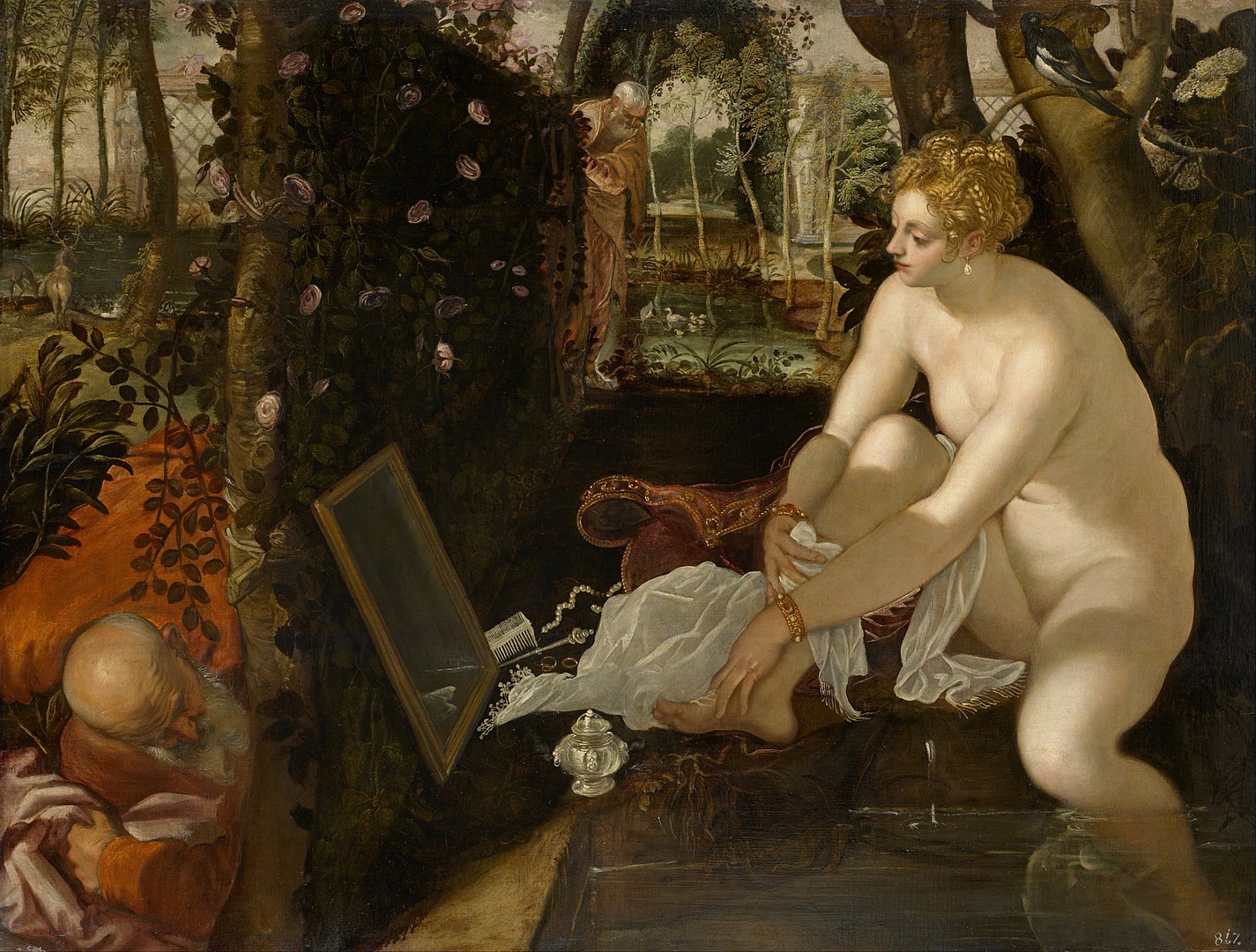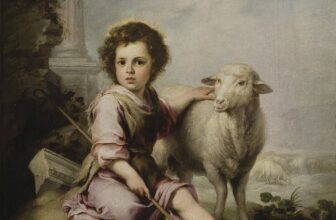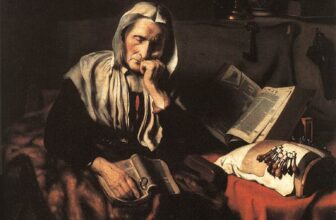
The Story Behind Tintoretto’s “Susanna and the Elders”
In the golden twilight of the Renaissance, when myth, morality, and art interwove in a tapestry of religious devotion and human complexity, Jacopo Tintoretto created a powerful painting that has spoken across centuries. His Susanna and the Elders, painted in the late 1550s, is more than a biblical scene , it is a drama, a psychological study, a critique of power, and a testament to virtue. But what is the story behind this arresting image? What do its characters represent? And why did Tintoretto choose to depict this moment in such a bold way?
Let’s journey into the world behind the canvas.
Who Was Susanna, and What Happened to Her?
The painting is based on a story from the Book of Daniel, found in the deuterocanonical section of the Bible, meaning it is included in the Catholic and Orthodox Christian traditions, but not in the Hebrew or most Protestant canons. The tale of Susanna appears as an addition to the Book of Daniel, sometimes referred to as Daniel 13.
The Narrative: A Tale of Virtue and Corruption
Susanna was a beautiful, virtuous, and god-fearing woman, the wife of Joakim, a wealthy and respected man in Babylon. Two elders, judges appointed to serve as leaders in the community, would often visit Joakim’s house. There, they became obsessed with Susanna’s beauty. They began to conspire together, hiding in the garden where she would bathe in privacy.
One day, as Susanna dismissed her maids and went to bathe alone in her private garden, the elders emerged from their hiding place and attempted to force her into sleeping with them. They threatened her, saying that if she refused, they would accuse her of committing adultery with a young man, a crime punishable by death under Mosaic law.
Susanna, despite the danger, chose to remain faithful to her principles. She refused their advances, saying:
“I am hemmed in on every side. If I do this, it will mean death for me; yet I would rather fall into your hands than sin in the sight of the Lord.”
The elders kept their word and publicly accused her. She was brought before the court, and since the elders were considered reputable men, their word was initially believed. Susanna was condemned to death.
But divine justice prevailed. As she was being led to her execution, the young prophet Daniel stepped forward. He demanded that the two elders be questioned separately. When interrogated apart, their stories didn’t match. One said Susanna was under a mastic tree; the other, under an oak. Their lies were exposed, and they were executed instead.
Susanna’s virtue had saved her life, and her name lived on as a symbol of righteousness and courage in the face of unjust authority.
Tintoretto’s Interpretation: The Scene He Chose to Paint
Jacopo Tintoretto, one of the Venetian masters of the Renaissance, was renowned for his dramatic compositions, vibrant energy, and often sensual interpretations of religious stories. His version of Susanna and the Elders, painted around 1555–1556, does not depict the court scene or Daniel’s divine intervention. Instead, he focused on the moment before the attempted assault , a moment heavy with tension, voyeurism, and symbolic nuance.
What’s in the Painting?
At first glance, the viewer sees a young, nude woman seated at the edge of a pool or fountain, surrounded by lush greenery and ornate architecture. She is admiring herself in a mirror, apparently unaware of the two older men peering at her from behind a bush or stone wall. One elder holds his finger to his lips , a gesture of secrecy , while the other leans forward eagerly.
Tintoretto’s composition places Susanna’s body at the visual center, bathed in light, her form luminous and serene. The elders are cast in deeper shadows, their expressions twisted with lust and conspiracy.
Though it might seem like a sensual or even erotic scene on the surface, Tintoretto imbues it with rich psychological complexity. Susanna is not portrayed as seductive or inviting; she appears absorbed in her own world, possibly reflecting on herself or contemplating spiritual matters. The mirror she holds may symbolize purity or self-awareness, rather than vanity.
This is not a woman seeking the gaze of others , she is unaware of being watched. That fact is crucial to understanding the painting’s deeper message.
What Is the Painting About?
At its core, Susanna and the Elders is a moral allegory about virtue, power, corruption, and female agency. It is also a visual commentary on the act of looking , both in the narrative itself, and in the viewer’s interaction with the artwork.
1. Power and Corruption
The elders, as judges and religious authorities, represent a corruption of institutional power. They are meant to uphold the law and protect the innocent, but they exploit their positions to indulge their lust. Their leering presence in the painting serves as a critique of how those in power can twist justice for personal gain.
2. Innocence and Virtue
Susanna embodies innocence, faith, and moral strength. She is placed in a vulnerable position , naked, alone, and surrounded , yet she remains spiritually strong. Her choice not to yield to coercion, even under threat of death, turns her into a biblical heroine.
3. The Male Gaze
Tintoretto’s version of the story becomes particularly interesting when considering the concept of the “male gaze.” The painting asks viewers to question their role in watching a woman unaware of being observed. In a subtle but powerful way, the painting critiques voyeurism itself.
Are we , the viewers , complicit in the same gaze as the elders? Or are we meant to reflect on how Susanna’s privacy has been violated, both by the figures in the painting and by the act of viewing it?
Tintoretto’s genius lies in setting up this psychological tension.
Symbolism in Tintoretto’s Painting
Every element in the composition is deliberate. Let’s look at some of the key symbols:
The Mirror: A common Renaissance symbol. In some contexts, it represents vanity, but in this painting, it can also stand for truth, clarity, or inner reflection. Susanna’s use of the mirror suggests self-awareness or contemplation.
The Garden: Traditionally, the garden is a space of purity and privacy , often representing Eden or spiritual sanctity. The intrusion of the elders into this sacred space echoes the biblical theme of sin entering innocence.
Nudity: While it may strike modern viewers as eroticized, Renaissance artists often used nudity to represent the purity of the soul. Susanna is not shameful or seductive; she is natural, unadorned , a symbol of unblemished virtue.
Light and Shadow: Tintoretto uses chiaroscuro , the contrast between light and dark , to emphasize good versus evil. Susanna is illuminated, angelic. The elders are in shadow, representing moral decay.
Why Did Tintoretto Paint This Scene?
The story of Susanna was a popular subject in Renaissance art for several reasons:
Moral Exemplum: It provided a clear moral message , virtue rewarded, corruption punished.
Female Nudity in Religious Art: Artists of the period often sought ways to paint the nude figure under the guise of religious or mythological storytelling. The story of Susanna allowed painters to explore the female form while maintaining moral justification.
Dramatic Narrative: The tension between innocence and threat, right and wrong, public shame and private integrity , all made for a compelling scene.
Tintoretto, known for his emotional intensity and theatrical compositions, likely chose this moment to demonstrate both technical mastery and moral depth.
What Is the Moral of “Susanna and the Elders”?
At its heart, the painting teaches:
The value of steadfastness: Susanna refuses to compromise her beliefs, even in the face of death.
A warning against false authority: Just because someone holds a position of power does not make them righteous.
Truth will out: Lies, no matter how powerfully told, can be undone by the truth.
These themes resonated in Renaissance Venice , a society grappling with power, corruption, and the role of women , just as they resonate today.
Where Is Tintoretto’s “Susanna and the Elders” Now?
Today, this iconic work of art resides in the Kunsthistorisches Museum in Vienna, Austria. It is part of the museum’s outstanding collection of Renaissance masterpieces.
Visitors to the museum can see the painting in person, experiencing its scale, brushwork, and emotional impact firsthand. The painting remains a jewel of Venetian art and a subject of scholarly fascination.
Tintoretto’s Susanna and the Elders continues to be studied, debated, and interpreted in both art history and feminist circles. It sits at the crossroads of religious tradition and contemporary relevance.
In a world still grappling with questions of female autonomy, sexual harassment, abuse of power, and truth versus manipulation, Susanna’s story has not lost its edge. The painting invites us not just to admire a work of art, but to reflect deeply on what we value, how we view others, and how we respond when injustice arises.




